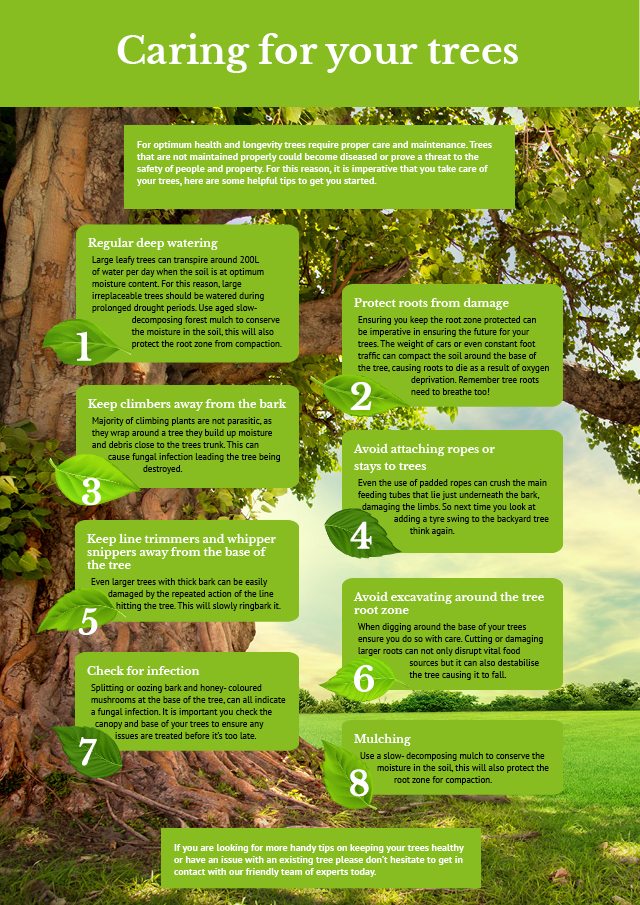Indications It's Time To Remove A Tree - A Home Owner'S Overview
Indications It's Time To Remove A Tree - A Home Owner'S Overview
Blog Article
Authored By-Hollis Noer
Trees include elegance and worth to residential or commercial property, yet they can likewise present a danger during severe climate occasions. If a tree has stopped expanding, is showing noticeable fungal development, or has a leaning trunk, it should be removed by an expert to stay clear of residential or commercial property damage and injury.
To find out more, go to a property owner resource fair co-hosted by HPD, the Center for New York City Neighborhoods, and Brooklyn-based housing partners this evening in Bedford-Stuyvesant. The occasion will include the Home owner Manual, a brand-new guide to aid homeowners navigate the obligations of possessing a home.
1. Dead or Dying Branches
Trees are an important part of your home's landscape, providing shade and elegance. They also give sanctuary for wild animals and produce oxygen, yet even healthy trees can experience illness that might demand their elimination. Dead or passing away trees aren't just unattractive, they can be dangerous. Their branches could drop during a storm, bring about costly residential property damage and injuries.
When a tree's branches begin to die, it implies that its structure is beginning to break down. If most of its branches are dead, it is most likely time to remove it.
Search for a lack of new development, bark peeling, open injuries or tooth cavities, fungi growing on the trunk or origins and a basic appearance of degeneration in the whole cover. These signs of infection can show a major problem that will call for professional tree solutions to fix.
2. Leaning Trunk
While it's typical for trees to lean periodically because of phototropism, if a tree has an unsafe or serious lean that's not as a result of natural processes - maybe a sign that the tree requires to be gotten rid of. If the tree is leaning toward a high-voltage line, home, lorry, play framework or any other area that could be unsafe to people if it drops, after that calling a professional tree solution for removal must be a top priority.
It's also important to watch for any kind of sudden changes in a tree's leaning as it can suggest damage to the origins or trunk that might result in falling. This is specifically real during stormy weather, given that high winds and rain-soaked soil can cause a lean to change promptly. Regular tracking, particularly during and after storms can assist homeowners acknowledge possible troubles with their trees so they can call an arborist for a complete analysis.
3. Insect Invasion
Some pest problems, such as wood-boring bugs like emerald ash borer or sap-suckers like scale pests, are so serious that they can cause a tree to die. The most effective method to avoid pest infestation is to monitor your trees regularly. Look for places, openings, or stainings in the fallen leaves and bark. Analyze the trunk for splits and indicators of insect damages, such as tunnels or tracks.
If a tree becomes too ravaged with insects, or is close to a home or power lines, an arborist might recommend removal. If a leaning tree creates a brand-new, unsteady lean, an arborist will likely advise removal also to make certain the security of individuals and building. If nationwide tree service damaged or dead tree continuously sheds extreme branches, it is an indicator that it is time to remove the tree. If a tree remains to drop branches for a prolonged time period, it could cause architectural troubles and prospective property damage.
4. https://removebushstump27160.vblogetin.com/34904921/protecting-your-landscape-replanting-after-tree-removal are a beautiful and important part of our landscape, however they do need normal care to maintain them healthy and balanced and secure. If a tree is damaged irreparable it is likely time for it to come down.
Try to find indications of damage to the trunk, consisting of upright fractures, seams, dead branch stubs, visible injuries or open dental caries and extreme tree-rot. hop over to these guys of fungi at the base of the trunk is one more warning indication. Fungi might suggest that the phloem and xylem (life-support tissues) are endangered, permitting the spread of disease or a future failure.
Additionally, think about whether the tree has actually quit growing. Healthy and balanced trees will certainly have brand-new growth every year, which might show up as buds or branches growing and extending. If you don't see any kind of brand-new development, it's an excellent concept to have an arborist assess the tree and follow their suggestion for removal. A dying or damaged tree can drop and create home damage.